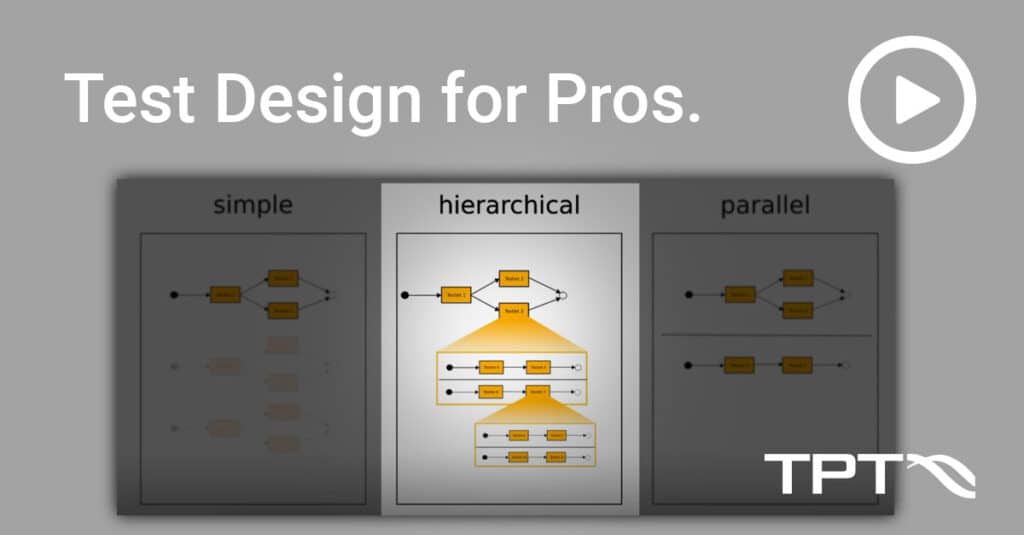
Assesslets are a new approach to test documentation that define the expected results of testing in a single location, allowing them to be reused across multiple test cases. This saves significant amounts of time and effort and improves accuracy. However, creating Assesslets can be time-consuming, and they may not be suitable for every testing scenario. Teams should evaluate their potential benefits and drawbacks on a case-by-case basis. Assesslets also serve as an enabler for test data generation, allowing for automatic generation of test data and efficient and effective testing. Overall, Assesslets offer significant advantages over traditional approaches to expected result documentation and can improve the reliability and safety of complex automotive systems.
Introduction
As the automotive industry continues to evolve, so does the need for more efficient and effective testing methods. One of the most important aspects of testing is documentation, particularly when it comes to the calculation of expected results. In traditional testing methods, this process can be time-consuming and prone to error. However, with the introduction of Assesslets, a new approach to test documentation has emerged. In this article, we will provide an in-depth overview of what Assesslets are, their advantages and disadvantages, how their disadvantages can be mitigated and there will be a comparison of traditional approaches and expected result documentation.
What are Assesslets?
Assesslets are a unique way of documenting expected results in testing. Unlike traditional methods, which require expected results to be calculated manually, implemented as a compare step, and documented alongside test cases, Assesslets contain the definition of the expected result itself. This means that instead of having to calculate the expected result for each individual test case, it is defined once and then used across all relevant test cases.
The Benefits of Assesslets
One of the biggest benefits of Assesslets is their efficiency. Because the expected result is defined once and then reused across multiple test cases, there is no need to recalculate the expected result for each test case. This can save a significant amount of time and effort, particularly in testing scenarios where the same expected result is needed across multiple test cases.
Assesslets also improve the accuracy of expected result documentation. By defining the expected result in a single location, errors and inconsistencies can be more easily identified and corrected. Additionally, because Assesslets can be linked to requirements, changes to requirements can be quickly identified to update corresponding Assesslets.
Potential Drawbacks of Assesslets
One potential drawback of Assesslets is that they can be time-consuming to create. In cases where requirements are complex and extensive, formalizing natural language requirements into formal notation may be required. This can be a significant undertaking, particularly for organizations that are not familiar with formal notation.
Another potential drawback is that Assesslets may not be suitable for every type of testing scenario. For example, in cases where the expected result is simple and can be easily calculated, Assesslets may not provide significant advantages over traditional approaches.
Mitigating the Drawbacks of Assesslets
One way to mitigate the time-consuming nature of Assesslet creation is to use a tool that can formalize natural language requirements into formal notation. TPT 18 and TPT 19 provide this functionality, allowing for natural language requirements to be formalized into TPT and automatically checked. Additionally, once an Assesslet has been created, it can be reused across multiple test cases and scenarios, saving time and effort in the long run.
In cases where Assesslets may not be suitable for a particular testing scenario, it is important to evaluate the potential benefits and drawbacks on a case-by-case basis. In some cases, traditional approaches may be more appropriate, while in others, Assesslets may provide significant advantages.
Comparing Assesslets to Traditional Approaches
In traditional testing approaches, expected results are calculated manually, implemented as a compare step, and documented alongside test cases. This approach can be time-consuming, error-prone, and difficult to maintain, particularly in testing scenarios with a large number of test cases and expected results.
Assesslets, on the other hand, provide a more efficient and accurate approach to expected result documentation. By defining the expected result in a single location and reusing it across multiple test cases, Assesslets can save significant amounts of time and effort.
Enabler for test data generation
In addition to their benefits for test documentation, Assesslets also serve as an enabler for test case generation. By describing the system under test through Assesslets, it becomes possible to generate test data automatically. Since the expected result is already defined in the Assesslets, the generated test data can be compared to the expected result, allowing for efficient and effective testing. This not only saves time in test case generation, but also ensures that the test cases cover a comprehensive range of scenarios, improving overall test coverage.
Conclusion
Assesslets are a powerful tool in the world of test automation, providing a streamlined way to define and manage expected values for test data. They offer numerous advantages over traditional approaches to documenting expected values, including improved test case maintainability, reduced duplication of effort and easier updates to requirements. However, like any tool, they also come with some potential drawbacks, including an initial investment of time to create and maintain the Assesslets and the need for clear and unambiguous requirements to ensure accurate expected values.
To overcome these challenges, we recommend that teams take a systematic approach to Assesslet creation and management. This includes defining clear and unambiguous requirements, establishing best practices for Assesslet creation and usage, and regularly reviewing and updating Assesslets to ensure they remain accurate and up-to-date.
In comparison with traditional approaches to documenting expected values, Assesslets provide a number of benefits that can lead to more efficient and effective test automation. By using Assesslets in conjunction with a powerful test automation tool like TPT, teams can achieve more streamlined and effective test automation workflows that help to ensure the safety and reliability of complex automotive systems.
Assesslets also serve as an enabler for test data generation, allowing for automatic generation of test data and efficient and effective testing. Overall, Assesslets offer significant advantages over traditional approaches to expected result documentation.
If you’re looking for a way to improve your test automation workflows and ensure more accurate and efficient testing of automotive systems, then we highly recommend exploring the power of Assesslets and TPT. With these powerful tools you can take your test automation to the next level and achieve new heights of reliability and safety in your automotive software development projects.
Related topics

Read more »

Read more »

Read more »

Watch now »

Watch now »

Watch now »
